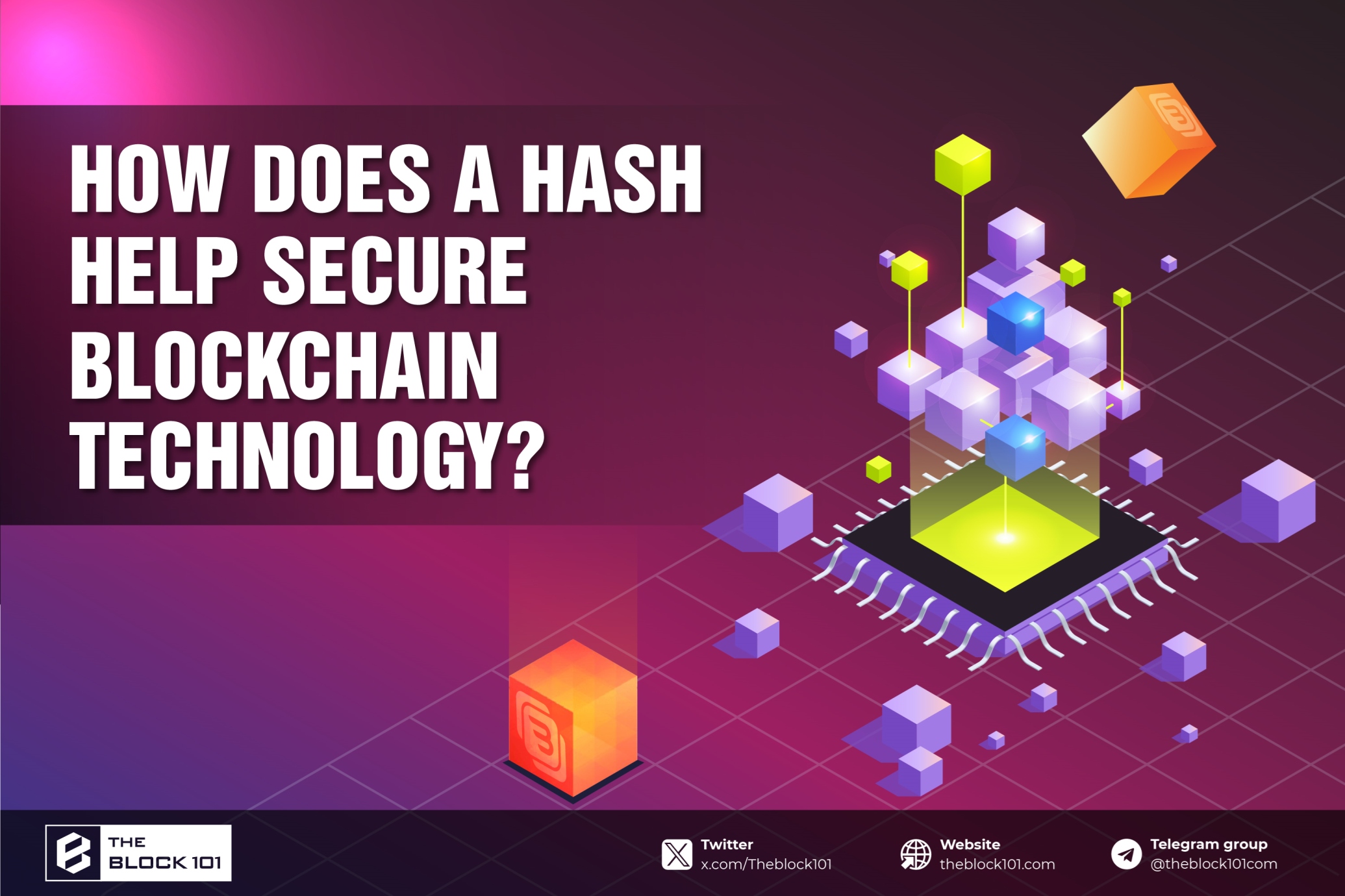1. What is Stablecoin?

Stablecoins are digital assets pegged to stable financial instruments, such as the US dollar, the euro, or commodities like gold. By maintaining a 1:1 peg to these assets, stablecoins aim to offer the price stability of traditional finance with the operational benefits of blockchain technology. The primary types of stablecoins include:
-
Fiat-Collateralized: Backed by fiat reserves (e.g., USDT, USDC), these stablecoins hold physical or digital assets in reserve.
-
Crypto-Collateralized: Backed by other cryptocurrencies (e.g., DAI), they require a reserve that often exceeds the stablecoin's value to account for market volatility.
-
Algorithmic or Non-Collateralized: Managed by algorithms that adjust supply and demand (e.g., UST, before its collapse), these stablecoins aim for stability without tangible collateral but involve higher risk.
Stablecoins have become essential in decentralized finance (DeFi) by facilitating low-volatility trading, lending, and passive income generation.
2. Ways to Make Money with Stablecoins

The following methods are some of the most popular ways investors earn passive income through stablecoins:
2.1. Stablecoin Lending
Lending stablecoins is a prominent income-generating method. Similar to earning interest on a traditional savings account, stablecoin lending allows users to lend their assets to borrowers on DeFi platforms. The borrower pays interest, creating passive income for the lender.
How It Works:
-
Choose a Lending Platform: Popular options include Aave, Compound, and centralized services like BlockFi and Nexo. Consider factors such as interest rates, platform security, and the duration of your funds being locked.
-
Deposit Stablecoins: Once deposited, the stablecoins are pooled and lent to borrowers who pay interest.
-
Earn Interest: Interest payments are either returned in the same stablecoin or paid in another cryptocurrency, depending on platform terms and borrower demand.
Top Lending Platforms and Rates:
-
Aave: Offers up to 6.74% APY on USDC and other stablecoins, a decentralized model for lending with significant liquidity.
-
Stargate Finance: With up to 11.94% APY, especially on cross-chain liquidity pools.
2.2. Liquidity Pools and Yield Farming
Liquidity pools allow users to provide liquidity on decentralized exchanges (DEXs) like Uniswap and SushiSwap by locking assets, enabling trades without traditional intermediaries. Stablecoins are a favored option because they limit volatility risks, allowing users to earn a share of trading fees.
How It Works:
-
Select a DEX and Pair: Stablecoin pairs such as USDC/USDT are popular as they retain stability.
-
Deposit Equal Value in Pairs: For example, $500 each of USDC and DAI.
-
Earn Trading Fees: Liquidity providers earn a share of the trading fees generated by exchanges within the pool.
Key Consideration – Impermanent Loss: In liquidity pools, impermanent loss can occur when prices of pooled assets diverge. However, this risk is minimized with stablecoin pairs, making it a viable option for those seeking predictable returns.
2.3. P2P Arbitrage
Peer-to-peer (P2P) arbitrage involves buying and selling stablecoins on different platforms to exploit price discrepancies. For example, a stablecoin may be priced slightly differently across exchanges, allowing for a profit when purchased low and sold high.
How It Works:
-
Monitor Prices Across Platforms: Real-time price tracking tools or arbitrage bots help to identify profitable price differences.
-
Execute Quick Trades: Given the speed at which prices can align, quick action is necessary.
-
Factor in Transaction Fees: Ensure that the price difference offsets any transaction costs.
Risks: Arbitrage can be profitable, but it requires careful timing and attention to fees to avoid losses.
3. Best Platforms for Stablecoin Yields
.jpg)
After assessing 25+ DeFi and CeFi platforms, here are some of the top-rated stablecoin platforms for yields:
3.1 Aave:
-
Stablecoin Supported: USDC, DAI, USDT, PYUSD.
-
APY: Up to 6.74%.
-
Total Value Locked (TVL): $17.17 billion.
-
Key Features: Multi-chain support, decentralized governance, trusted by major institutions.
3.2 Stargate Finance:
-
Stablecoins Supported: USDC, USDT, FRAX, sUSD.
-
APY: Up to 11.94%.
-
TVL: $424 million.
-
Key Features: High APYs through cross-chain liquidity transfers, making it ideal for yield seekers.
3.3 Ondo Finance:
-
Stablecoins Supported: USDY, OUSG.
-
APY: Up to 5.35%.
-
TVL: $610 million.
-
Key Features: Institutional-grade with U.S. Treasury exposure, stable returns for institutional investors.
3.4 Spark:
-
Stablecoins Supported: DAI.
-
APY: Up to 6%.
-
TVL: $954 million.
-
Key Features: Part of the Maker ecosystem, DAI-centric with sDAI liquid staking for flexible liquidity.
3.5 Curve Finance:
-
Stablecoins Supported: Over 30, including USDC, USDT, FRAX, DAI.
-
APY: Up to 13%.
-
TVL: $1.7 billion.
-
Key Features: Minimizes slippage, CRV rewards for high APY, and flexible liquidity options.
4. Where Do Stablecoin Yields Come From?

Stablecoin yields originate mainly from lending, DeFi protocols, and liquidity pool participation:
-
Lending Platforms: Interest from borrowers, often higher than traditional rates.
-
DeFi Protocols: Yields from liquidity provision, with added incentives from platform tokens.
-
Liquidity Pools: Trading fees from decentralized exchanges, which are shared with liquidity providers.
5. Is Stablecoin Yield Farming Safe?
.jpg)
Yield farming with stablecoins, while offering lower volatility, involves risks:
-
Smart Contract Vulnerabilities: Exploits could lead to loss of funds.
-
Impermanent Loss: Especially relevant in non-stablecoin pairs, though minimized here.
-
Regulatory Risks: Emerging regulations could impact platforms.
-
Platform Stability: Always assess the platform's reputation, security audits, and stability.
For those venturing into stablecoin yield farming, thorough research, diversified strategies, and an understanding of risk factors are crucial for making informed, secure investments.
6. Conclusion
Stablecoins have become an indispensable part of the cryptocurrency ecosystem, bridging the gap between the stability of traditional currencies and the innovation of blockchain technology. By combining speed and security with reduced volatility, they have evolved from merely facilitating cryptocurrency purchases to playing a crucial role in decentralized finance (DeFi). Today, stablecoins are widely adopted in lending platforms, blockchain-based financial services, and even as a means of payment for everyday transactions, showcasing their growing versatility and importance in modern digital economies.
Read more:

 English
English Tiếng Việt
Tiếng Việt.png)
















